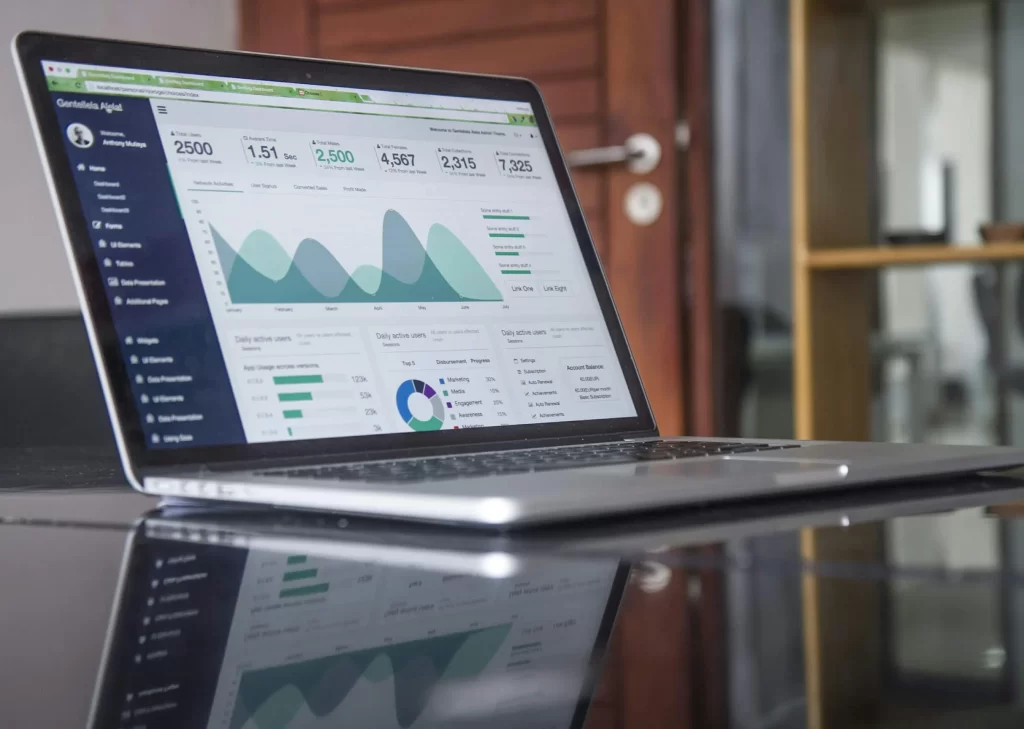With the prevalence of social media and TikTok brands popping up all over the place, elevating your brand image is more important than ever. Consequentially, SEO and marketing strategies are crucial to boosting your brand’s visibility, credibility, and overall online presence. From your website to your social media platforms, here’s how you can utilize SEO strategies to achieve brand lifting.
What is Brand Lifting
First of all, what is brand lifting?
Brand lifting refers to the increase in customer perception and engagement with your brand following a marketing campaign. We can actually measure the effectiveness of brand lifting through metrics such as brand awareness, perception, and intent to purchase. Doing so helps us understand what is resonating with customers, and on the flip side, what to avoid when running an advertising campaign.

More effective SEO strategy means better brand lifting. This might not cause an immediate sales spike, but loyalty and recognition are key to a good brand image.
Basics of SEO
Search Engine Optimization (SEO) involves optimizing a website to rank higher in search engine (Google, Yahoo, Bing) results, often under specific keywords. Have you ever looked up “kitchen sink repair” in a drenched frenzy, and called up the first company in your search results, for no reason other than it was the first? That is the power of SEO – raising brand visibility and making your brand first pick for potential and loyal customers alike.
Some core components of SEO are:
Keyword Research
Identifying terms potential customers use. For a high-end furniture brand, that might be “luxury,” “comfort,” and “lifestyle.” SEO helps your brand appear higher when customers search for these keywords.
You might think that layering keywords would help with rankings, but actually this approach would dilute your brand instead of enhancing it. Understand what makes your brand unique, avoid overcomplication. Stay laser focused on your brand’s core components. To help with keyword research, you can use websites like SEMrush, or if you are new to SEO, contact our experts at Brand Cloud to assist you in better optimizing your keywords.
On-Page Optimization
This refers to improving your company’s website to rank higher in search engine results. To improve on-page optimization, place keywords in headlines. Write eye-catching meta descriptions. Use simple URLs that seem legitimate to customers.
Now that you have your customers attention, how do you keep it? By providing a positive experience for customers as they browse your site.
Avoid outdated visuals, an overcomplicated layout, or headings that are boring. These things can negatively impact your website’s bounce rate and lower your ranking on Google. Customer experience is very important to your site’s performance, and in turn your overall SEO. Having a clean site directly leads to a strong brand image.
Off-Page Optimization
This involves enhancing a site’s reputation through backlinks. Backlinks are links on other reputable platforms that reference your site. It’s been proven that sites with more backlinks tend to rank higher than sites with fewer backlinks. In fact, the #1 result in Google averages 3.8x more backlinks than #2-10. Backlinks are notoriously hard to get, but that’s what makes it so important; success breeds success, and the same goes for SEO.
Technical SEO
Your site’s content is important, but it isn’t all that matters. Your website infrastructure is what supports search engine crawling and indexing. If these search engines can’t read your site, there is no chance that it will ever be allowed to reach human eyes. There is a myriad of factors that can affect the performance of your site. Such as missing meta descriptions, overcomplicated slugs, dead links, and duplicate webpages. To account for all these issues, it’s important to constantly keep an eye on the state of your site. Be sure to update it to catch up with the constantly changing digital advertising sphere.
How does SEO Contribute to Brand Lifting?
Now that we’ve explained the basic concepts of brand lifting and SEO, how specifically can SEO help with brand lifting? It’s best achieved through these four steps:
1. Increased Visibility
Higher search rankings increase your brand’s exposure to potential customers. Naturally, people are more likely to click on your site if it’s closer to the top of the page. And the more urgent the demand, the less likely they will look beyond the first page. Thankfully we can leverage this to our advantage.
Effective SEO makes it so that when customers encounter a problem, your brand is presented as the answer. This visibility is absolutely crucial for brand recognition and recall.
2. Building Credibility and Trust
Appearing on the first page of search results boosts your brand’s credibility. It signals to users that trusted search engines have validated your site as a credible source. This top-page visibility not only enhances your brand’s authority, but also lowers the barrier for ideal customers considering your product. This makes them more likely to trust and choose your brand.
3. Content Marketing
Quality content can position your brand as a credible leader in your industry. It’s all about building trust with the customer. Creating valuable content that resonates with your target audience improves SEO and enhances your brand perception.
For brands eager to market their product to more users, it’s easy to fall into the trap of emphasizing quantity over quality. Avoid intrusive ads and fluff content that provides stimulation over any sort of substance. It’s found that over 70% of consumers prefer to learn about a product through an article. Remember that you are marketing to consumers who are highly aware of when they are being sold to. Try to avoid stirring up feelings of reluctance by providing relevant, quality information.
While peer-reviewed data and practical instructions are central to high-quality content marketing, credibility is often also reflected in the basics. Things like correct punctuation and proper paragraph formatting. Instead of overwhelming search engines with a flood of sloppy content, focus on crafting high-quality articles that address your target customers’ concerns.
4. User Experience (UX):
SEO best practices often align with improving UX. An outdated layout that loads at snail pace is a sure way to discourage users from accessing your site. Or worse, alienating them from your product. On the other hand, a website that is fast, mobile-friendly, and easy to navigate enhances user satisfaction. Good UX also increases the time visitors spend on your site and reduces bounce rates. Both are signals to search engines that your site provides valuable content.
Conclusion
While it’s not impossible to increase brand awareness in the vacuum of your own website, it is infinitely more difficult. Building upon a solid brand concept with SEO is crucial to expanding your brand’s influence and consolidating the attention of potential customers. If you have any questions regarding how best to utilize SEO for brand lifting, look for more guides here, or feel free to contact us at Brand Cloud. We are always happy to answer your questions and assist with your brand building needs.


